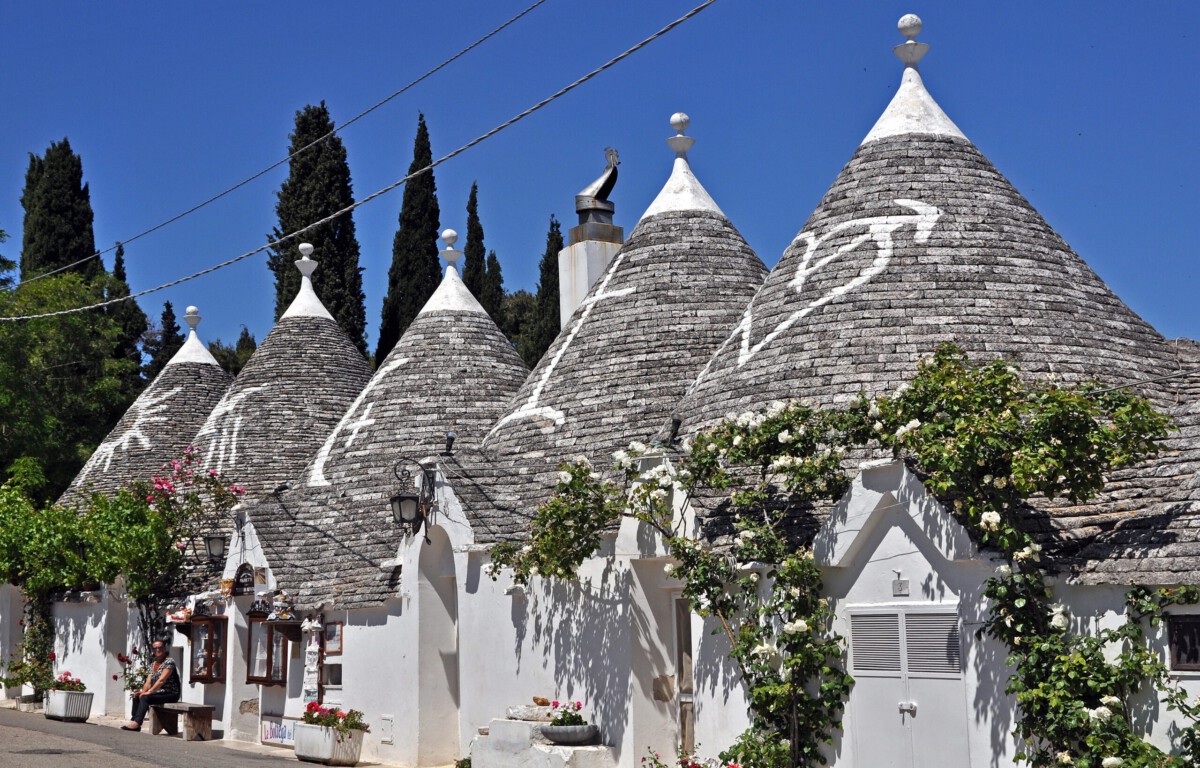When Paradise Becomes a Photo Booth
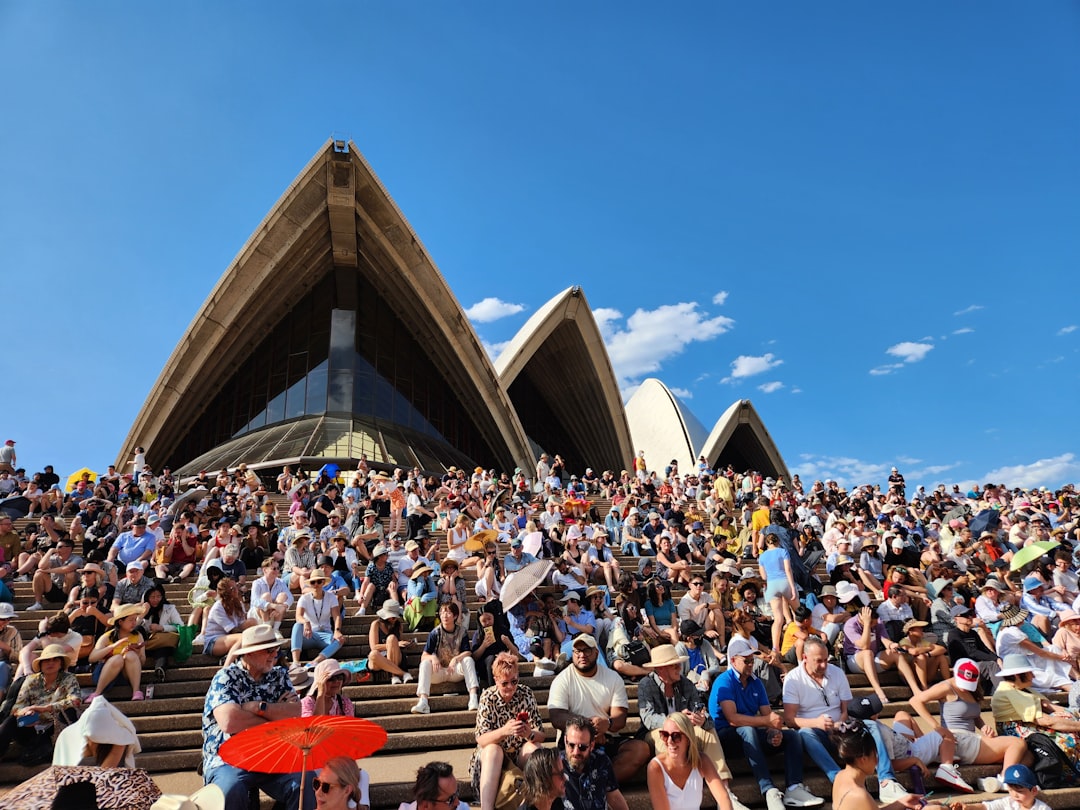
Picture this: you’re scrolling through Instagram, mesmerized by a perfect shot of turquoise water against ancient stone walls. The location tag reads “hidden gem” but the reality waiting for you involves shoulder-to-shoulder crowds, hour-long waits for that same photo spot, and prices that would make your bank account weep. Welcome to the dark side of wanderlust in 2025. What started as off-the-beaten-path adventures have transformed into overcrowded theme parks, where locals can barely recognize their own hometowns beneath the sea of selfie sticks and influencer setups. These once-pristine destinations have become victims of their own viral success, proving that sometimes the internet’s best-kept secrets should have stayed secret.
Hallstatt Austria – The Frozen Fairy Tale Turned Nightmare
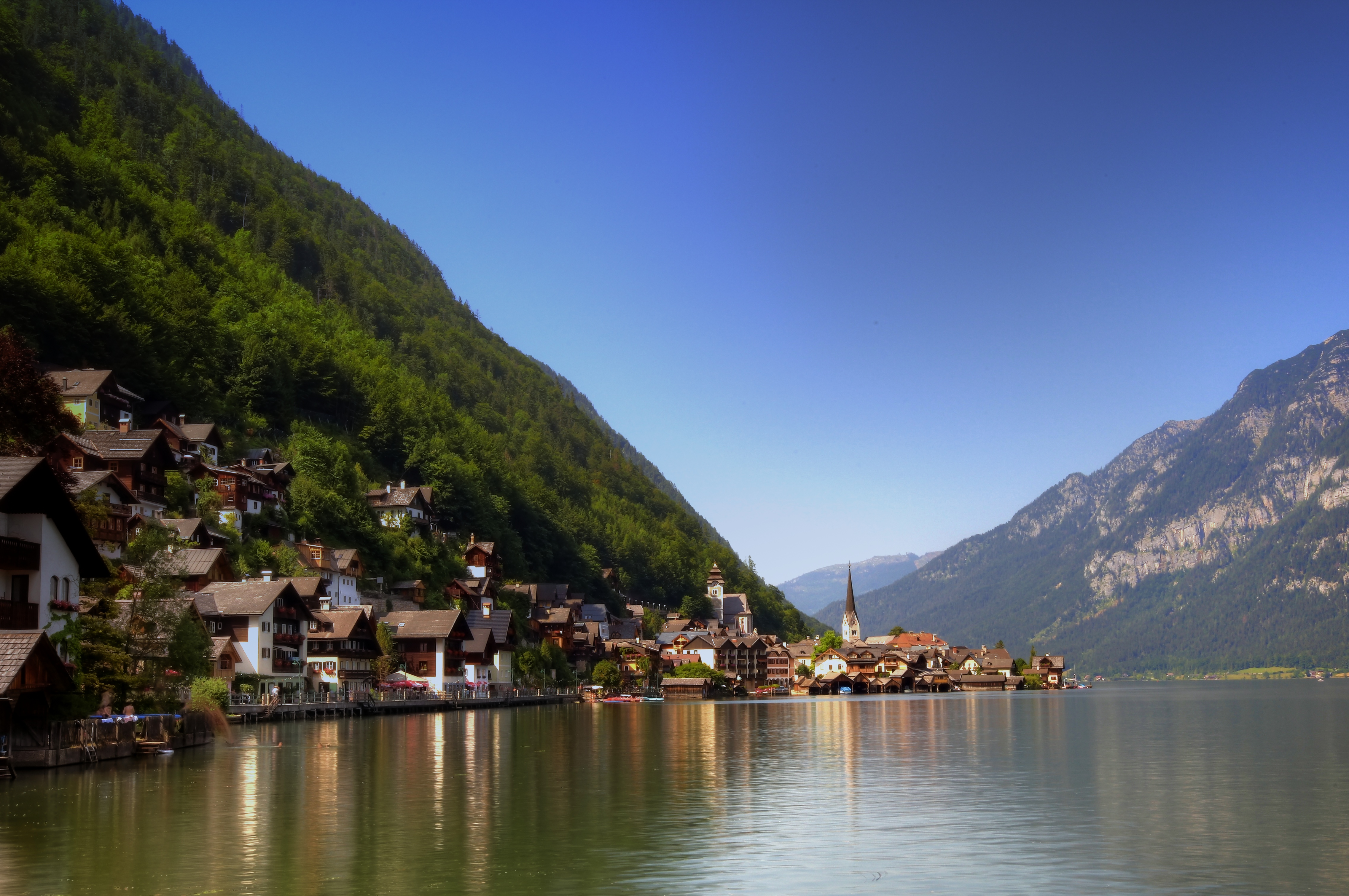
The Austrian village of Hallstatt, with fewer than 800 residents, now welcomes more than 10,000 visitors a day – that’s like hosting a small city’s worth of tourists in what’s essentially a neighborhood. This idyllic Alpine valley looks like a fairy-tale come to life, so much so that visitors are often struck by its similarity to the fictional icy kingdom of Arendelle in Disney’s “Frozen,” but for residents tired of an influx of day-tripping tourists chasing the perfect Instagram photo, the reality is somewhat less enchanting. The situation got so desperate that the village temporarily put up a wooden fence to deter the throngs of tourists who gather at popular photo spots. Local residents have had enough – they’ve literally blocked roads and staged protests because their home has become unlivable. “Stop the traffic craziness it makes us sick” read one sign held by protesters, while another declared “Everything for tourists, nothing for us”. The irony is thick: a place celebrated for its timeless beauty is being destroyed by people desperate to capture that very essence on camera.
Cinque Terre Italy – When Train Platforms Become Sardine Cans
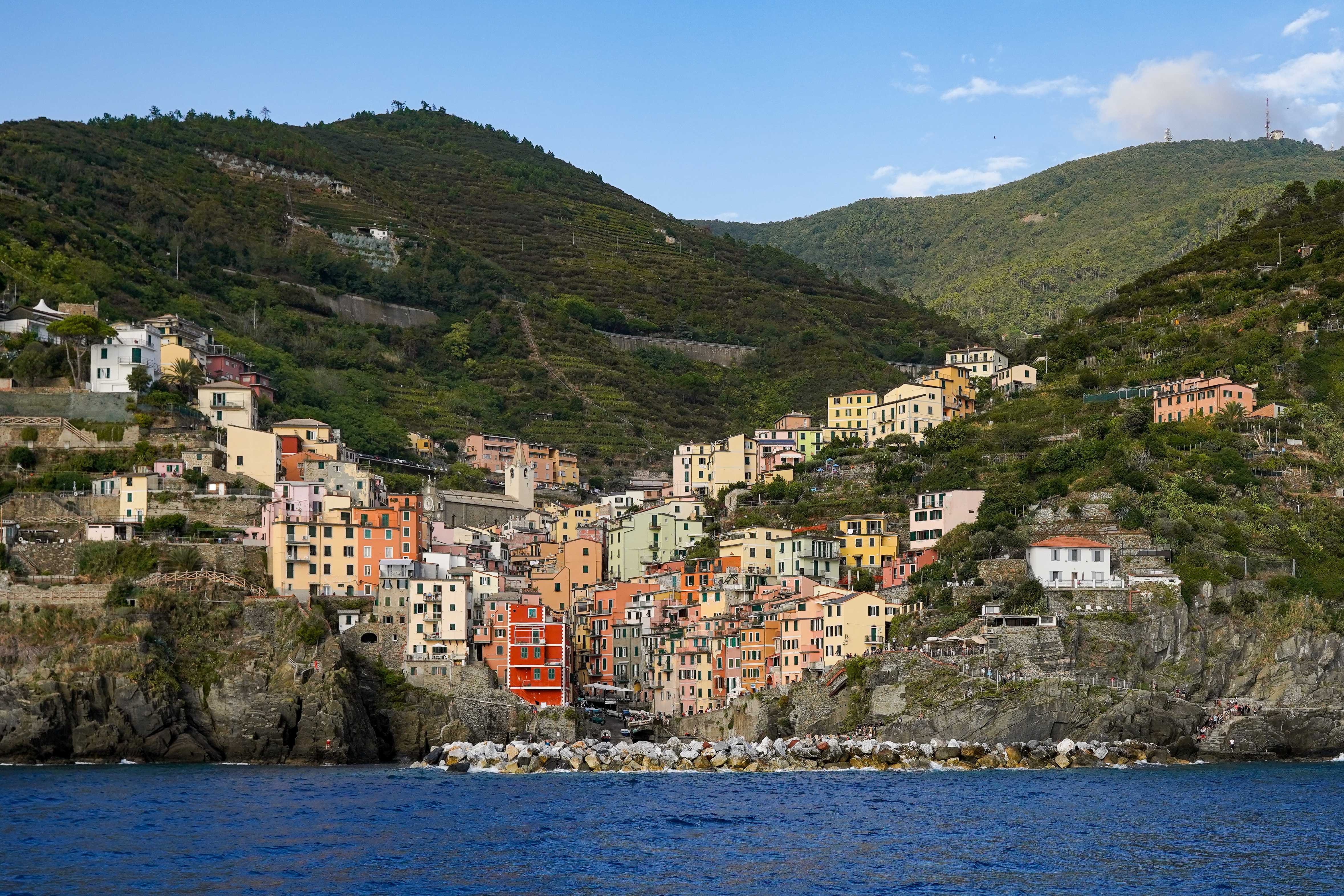
This UNESCO Heritage Site consisting of five pastel-colored villages gets 2.5 million visitors a year, cramming into towns with a combined population of just 4,000 people. Last year, a record four million visitors descended on the five villages, and 2024 is surpassing those numbers. The experience has become so chaotic that in peak season, the 100m journey from the train station in Manarola to the harbor can take half an hour. Picture trying to move through what should be a two-minute walk but instead finding yourself trapped in a human traffic jam that lasts longer than some Netflix episodes. In high season, tourists must let train after train go by because they’re too full, and once there, it can take forever just to get into the towns from the train stations due to tourists clogging the tunnels to the point where everyone is at a standstill. The coastal trail that once offered peaceful seaside strolls has become a human traffic jam that can be very hot at midday.
Tulum Mexico – Paradise Lost to Party Crowds
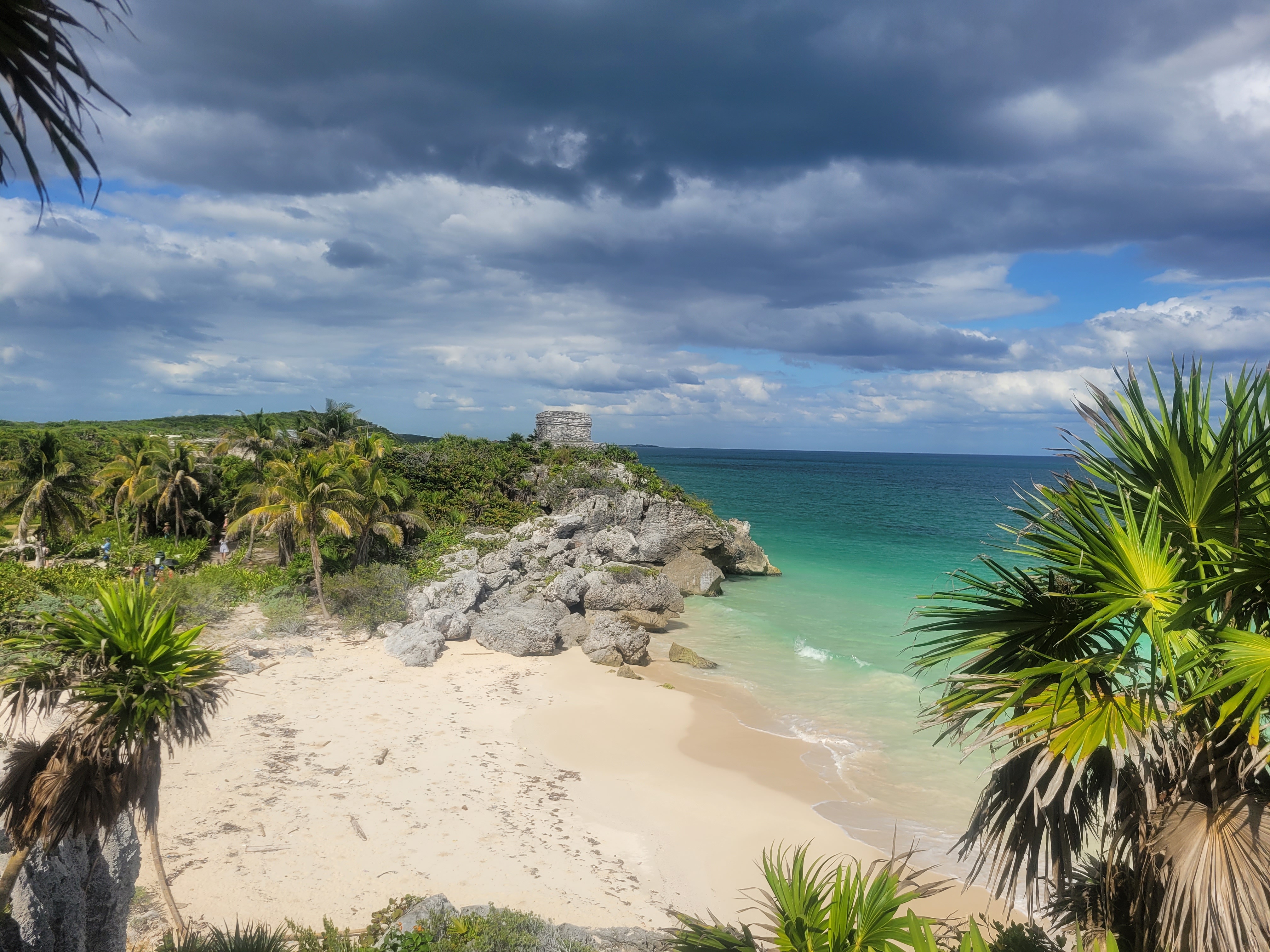
With its lush flora, picturesque cenotes and boutique beach resorts, Tulum seemed made for Instagram, and the internet certainly took notice. This beach town near Cancún has a population of around 46,000, but gets close to 2 million visitors per year. What was once a sleepy backpacker haven has morphed into something unrecognizable. Soon came the “hipsters,” arriving from Brooklyn with the urge to experience Tulum while it could still be considered a hidden gem. The transformation has been brutal for locals: locals are facing eviction as developers kick them out to make room for more high-end hotels and rental properties, while the poverty rate in Tulum increased from 32% in 2015 to 62% in 2020. Today’s Tulum features rows of “bohemian” stores that all sell the exact same dresses for around $200, restaurants with cocktail prices to rival any major American city. The jungle raves have brought their own problems, with noise pollution from festivals featuring lasers and acrobats disrupting the wildlife.
Iceland’s Fjaðrárgljúfur Canyon – The Bieber Effect
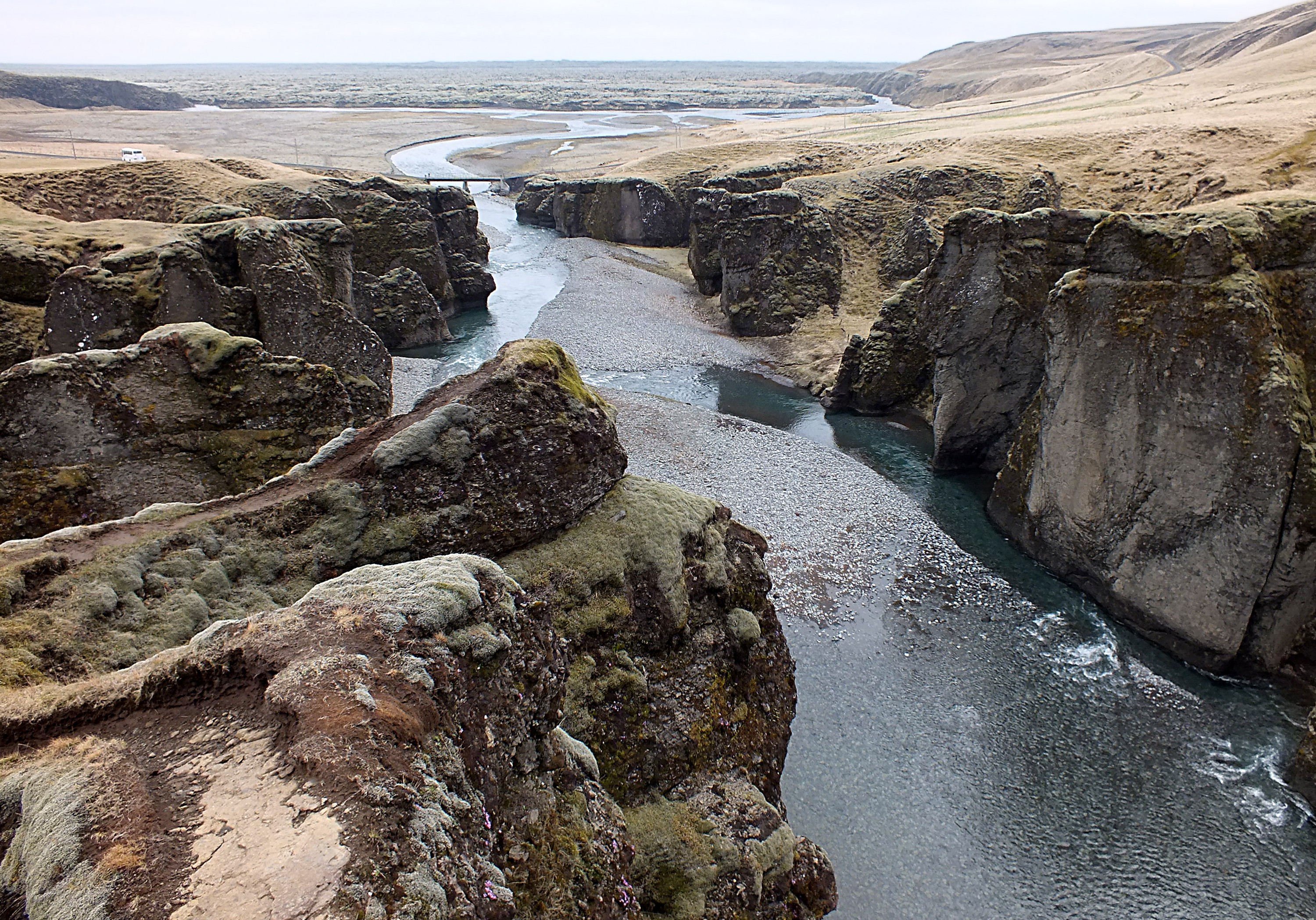
Sometimes a single social media post can destroy a destination faster than decades of gradual tourism growth. Iceland’s population is 380,000, but it welcomed 2.3 million tourists in 2024, with Justin Bieber’s music video making one canyon so popular it had to be closed for months to recover. The canyon’s dramatic walls and ethereal atmosphere made it perfect for the pop star’s video, but the aftermath was environmental disaster. Thousands of fans flocked to recreate scenes from the video, trampling fragile vegetation and creating new paths where none should exist. Officials worry that tourism’s rapid growth could overwhelm the country’s fragile ecosystem, leaving Iceland at a crossroads between protecting nature and chasing profits. The irony is palpable: people travel to see pristine nature, then collectively destroy it in their quest for the perfect shot. What was once a hidden geological wonder accessible only to serious hikers became a social media pilgrimage site that the environment simply couldn’t handle.
Puglia Italy – The Instagram Alternative That Isn’t Alternative Anymore
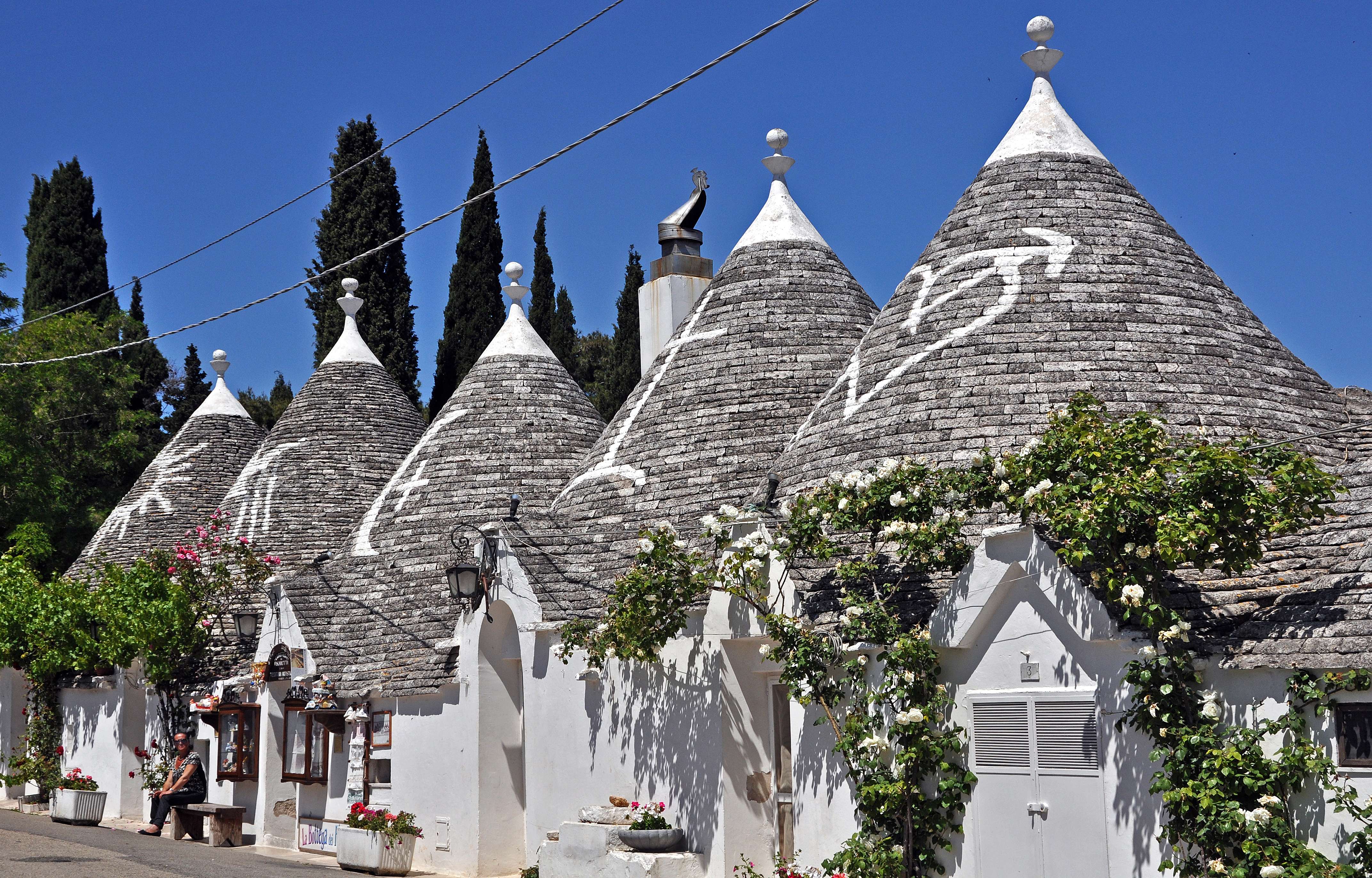
Located in the heel of Italy, Puglia is surrounded by gorgeous beaches, sea arches, cliffs, and caves, yet was once under most tourists’ radar until so many Instagram-worthy images of Italy began being taken there. Travel bloggers discovered this “authentic” alternative to overcrowded Tuscany and Rome, and the secret didn’t stay secret for long. The region’s trulli houses, those fairy-tale cone-shaped dwellings, became the backdrop for thousands of influencer posts. What made Puglia special – its slow pace, family-run restaurants, and genuine local culture – began disappearing as tourism infrastructure ramped up to accommodate the Instagram crowd. While cities like Rome and Florence steal the spotlight, the Puglia region was often overlooked by tourists, offering charming coastal towns, olive groves, and delicious cuisine for a relaxing yet authentic Italian escape. The key word here is “was” – that authentic escape becomes harder to find when every picturesque corner has a line of people waiting to take the exact same photo that made the place famous in the first place.
Faroe Islands – Nordic Tranquility Meets Tourist Stampede
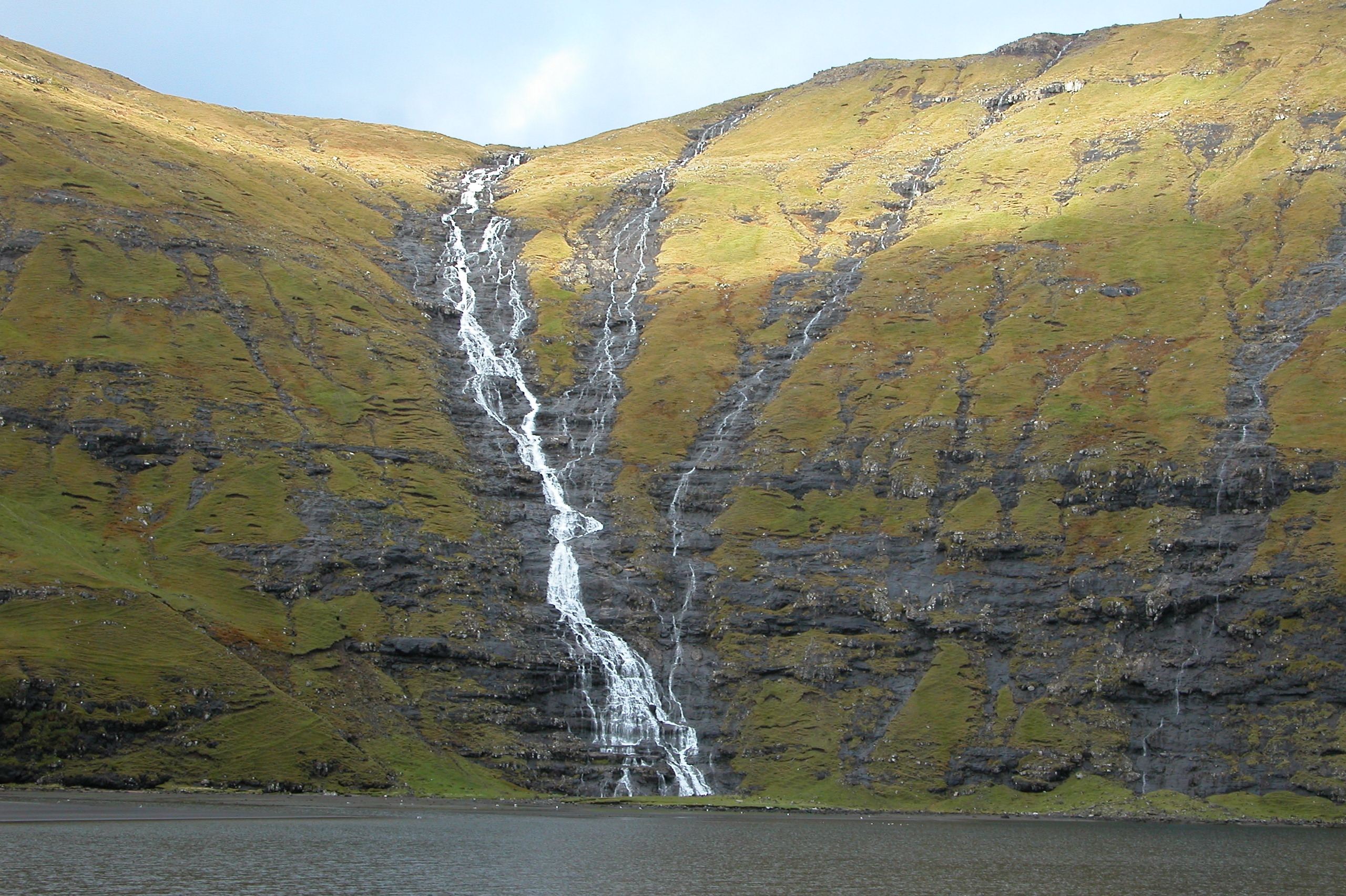
Tucked away in the North Atlantic Ocean, the Faroe Islands are a cluster of 18 volcanic islands known for their dramatic landscapes, lush green cliffs, and charming villages, making them a paradise for nature lovers and hikers. These remote islands were once the definition of off-the-beaten-path, accessible only to the most dedicated travelers willing to make the journey to the edge of the world. Social media changed everything. Often overshadowed by Iceland, the Faroe Islands offer dramatic landscapes, untouched nature, and a remote beauty that is unparalleled. The problem is that “untouched” doesn’t stay untouched when viral photos of the islands’ grass-covered roofs and dramatic clifftops start circulating online. Visit the village of Gásadalur to see the breathtaking Múlafossur Waterfall, hike to the Kallur Lighthouse for panoramic views of the Atlantic Ocean, and experience the unique grass-roofed houses and Viking heritage. But what happens when thousands of people have the same idea, all heading to the same lighthouse for that panoramic shot?
Raja Ampat Indonesia – The Underwater Paradise Under Pressure
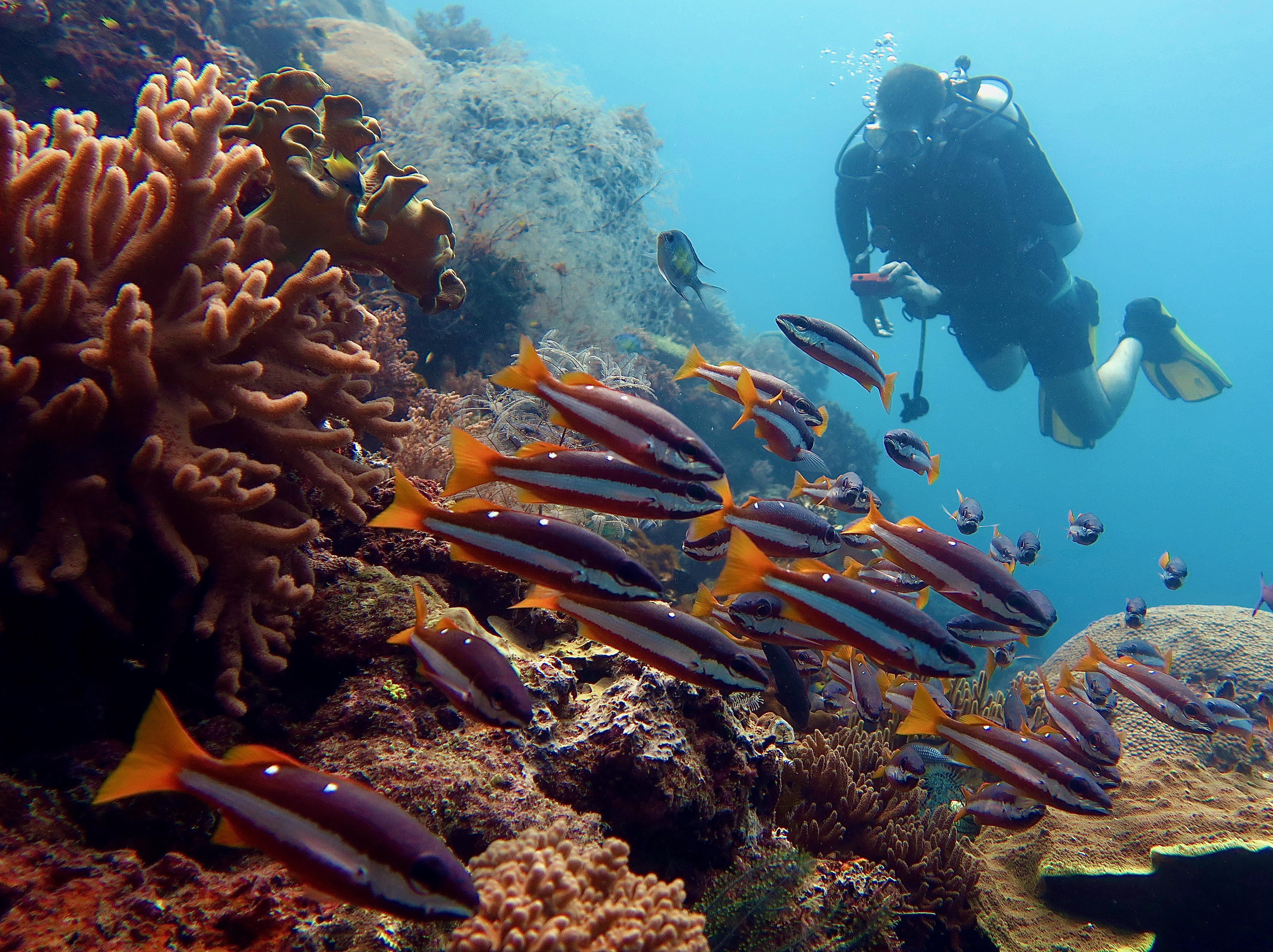
For avid divers and marine enthusiasts, Raja Ampat is an underwater paradise located in Indonesia that remains one of the least explored and most pristine diving locations on Earth, offering untouched coral reefs and abundant marine life. This remote archipelago was marine biologists’ best-kept secret, home to more species of fish and coral than anywhere else on the planet. Raja Ampat’s coral reefs are among the richest and most diverse on Earth, offering unparalleled underwater exploration. The challenge with underwater paradises is that they’re incredibly fragile – coral reefs can be damaged by a single careless fin kick, and it takes decades for them to recover. As diving influencers began showcasing the area’s incredible biodiversity, dive operators struggled to balance access with conservation. The marine park that was once visited by a handful of researchers and serious eco-divers now faces pressure from tour operators wanting to cash in on the Instagram diving trend. What’s particularly heartbreaking is that many of the new visitors lack the diving experience or environmental awareness to explore these reefs safely.
Kotor Montenegro – The Dubrovnik Alternative That Became Too Popular
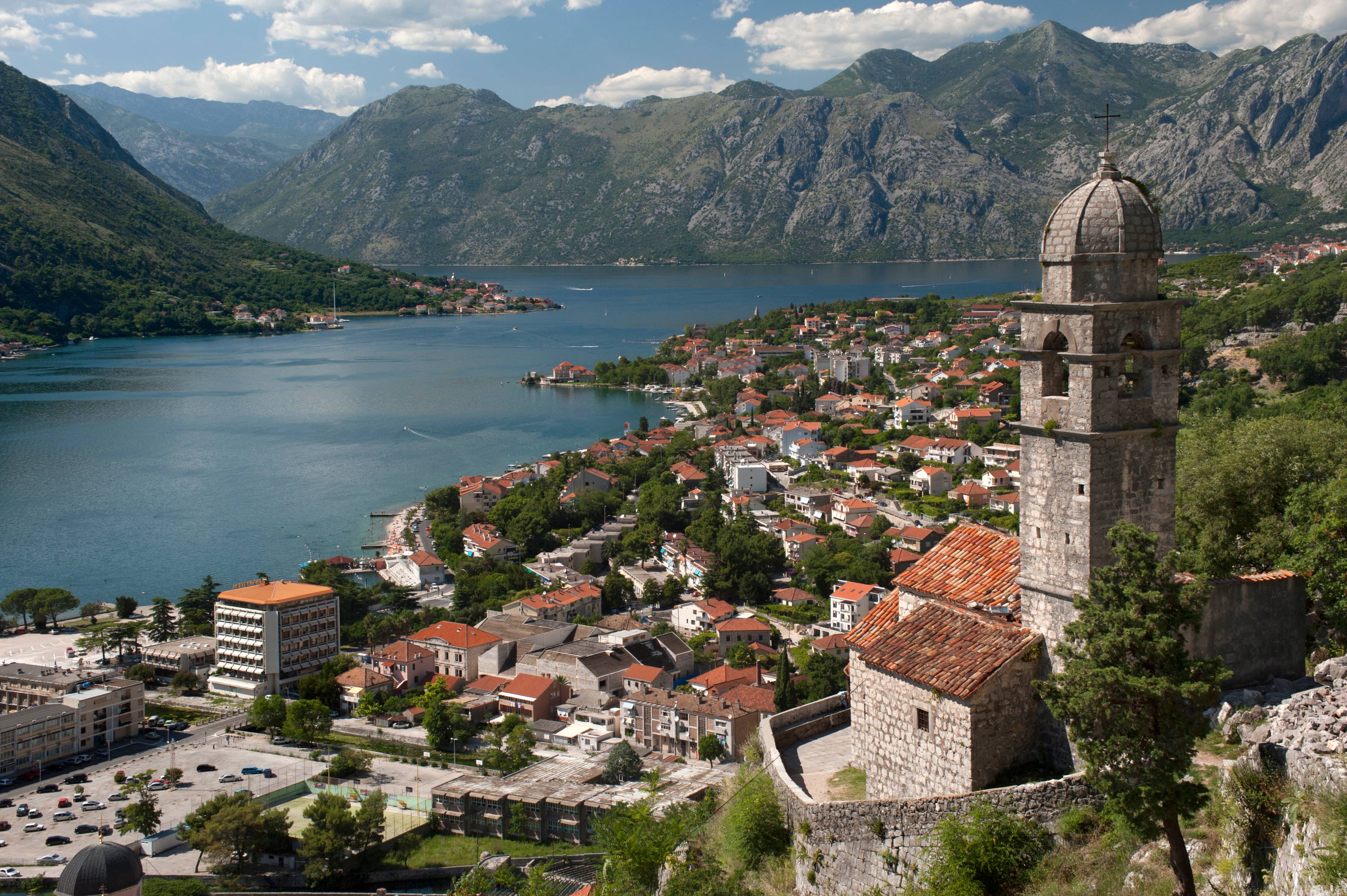
This UNESCO World Heritage town on the Bay of Kotor is one of Europe’s best-kept secrets, with stunning medieval architecture, narrow streets, and spectacular views of the surrounding mountains and water, perfect for travelers who appreciate history and natural beauty. Kotor was perfectly positioned as the “authentic alternative” when nearby Dubrovnik became overwhelmed with Game of Thrones tourism and cruise ship invasions. Travel bloggers praised it as offering all the medieval charm without the crowds. It offers beautiful old town, scenic hikes, and fewer tourists than nearby Dubrovnik – or at least it used to. The cruel irony of the “hidden alternative” is that once enough people discover it, it stops being an alternative at all. Kotor’s narrow medieval streets, built for horses and pedestrians centuries ago, weren’t designed for modern tourist volumes. The town’s authentic charm – small family restaurants, local artisans, genuine cultural experiences – gets bulldozed by tourism infrastructure designed to handle masses of visitors who heard it was the “real” version of somewhere else.
Matera Italy – From Forgotten to Fashionable Overnight
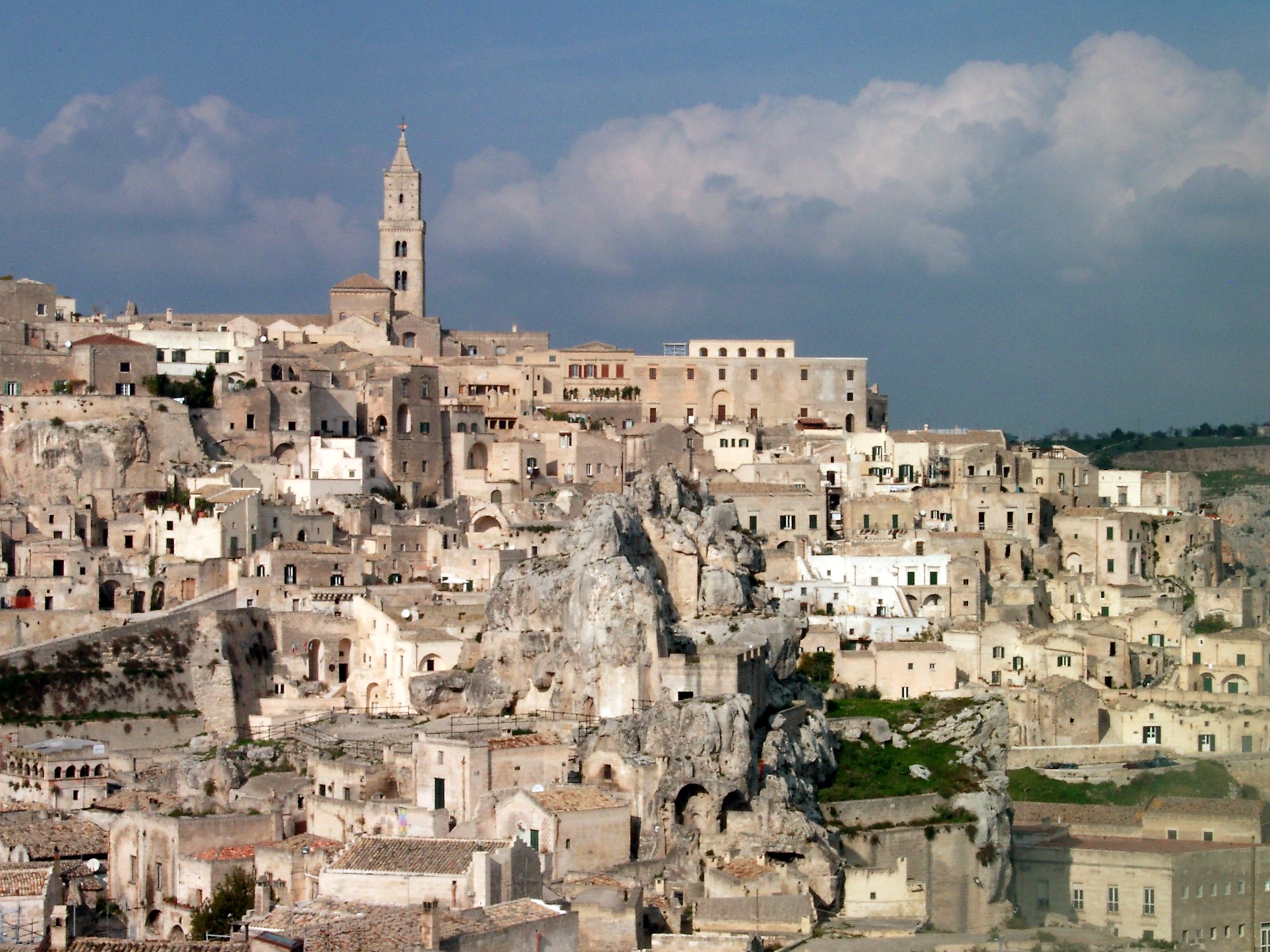
Matera’s ancient cave dwellings, known as the Sassi, were once a symbol of poverty so extreme that they embarrassed the Italian government. For decades, these stone houses carved into cliffsides were abandoned and forgotten. Then Hollywood discovered them, Instagram followed, and suddenly everyone wanted to stay in a cave hotel. There are must-see UNESCO World Heritage Sites, including the cave dwellings in Matera, some of which now house hotels. The transformation happened with breathtaking speed – one year Matera was a curiosity for architecture students, the next it was Europe’s Capital of Culture 2019 with crowds that would make Venice jealous. The cave dwellings that once housed families in poverty are now luxury boutique hotels charging hundreds of euros per night. While the economic transformation has been beneficial for some locals, the cultural authenticity that made Matera special – its genuine connection to ancient ways of living – gets commodified into Instagram-friendly experiences that bear little resemblance to the site’s real history.
Colmar France – The Fairy Tale Town That Lost Its Magic
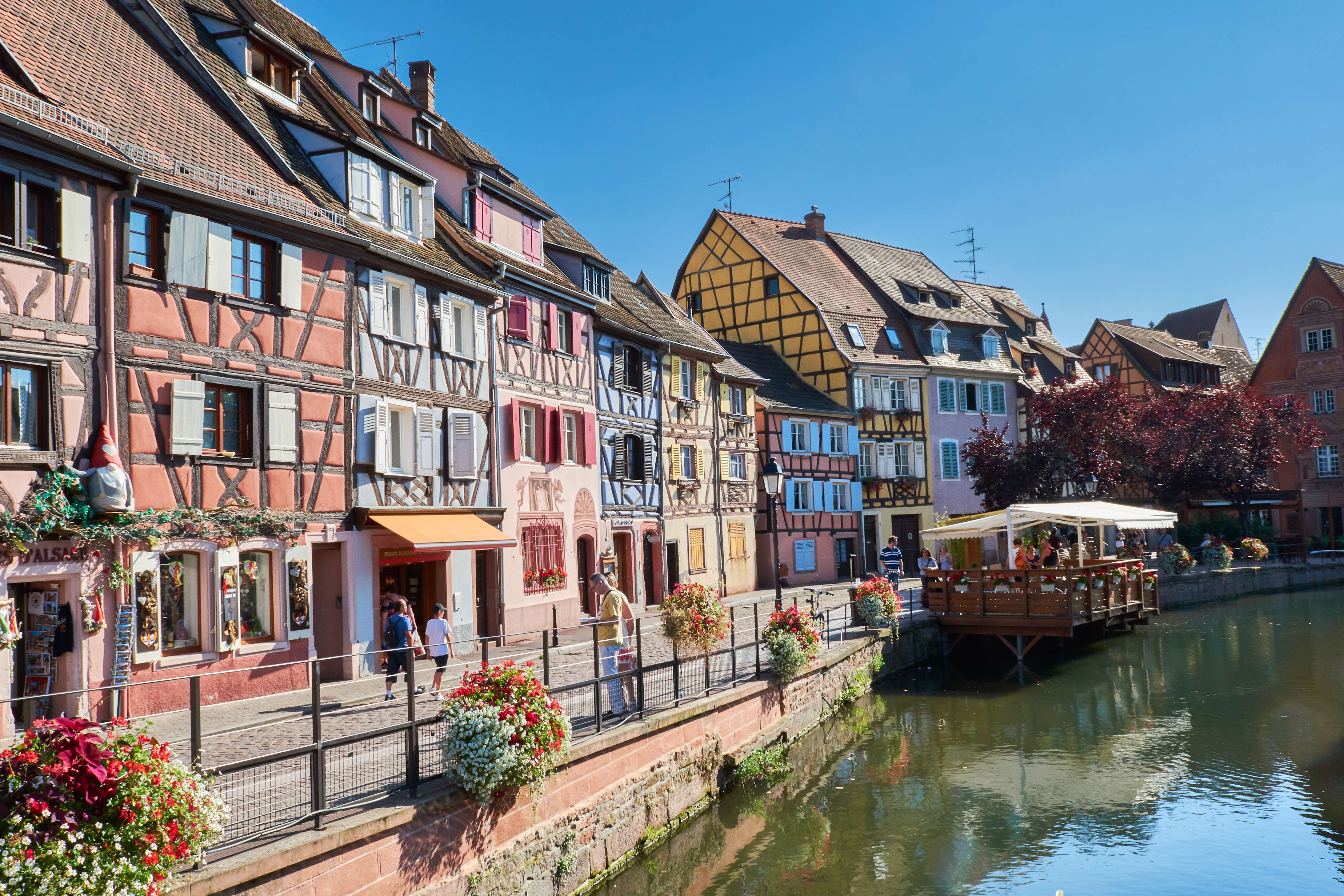
Colmar is a fairy-tale town in Alsace, known for its colorful half-timbered houses, cobblestone streets, and picturesque canals, despite its charm often being overshadowed by larger French cities like Paris and Lyon. This medieval gem in eastern France managed to stay relatively quiet for centuries, even surviving two world wars with its beauty intact. Then social media algorithms decided that Colmar’s storybook appearance was perfect for engagement, and everything changed. Take a boat ride along the “Little Venice” canals and explore local Alsace wineries while indulging in regional cuisine like tarte flambée. The problem is that when everyone wants to take the same boat ride down the same narrow canals, the experience becomes less “romantic fairy tale” and more “traffic jam in costume.” The town’s Christmas markets, once a genuine local tradition, now require crowd control measures to prevent dangerous overcrowding. Visit during December to experience Colmar’s magical Christmas markets – if you don’t mind sharing that magic with thousands of other people who got the same tip from travel influencers.
The Bittersweet Reality Check
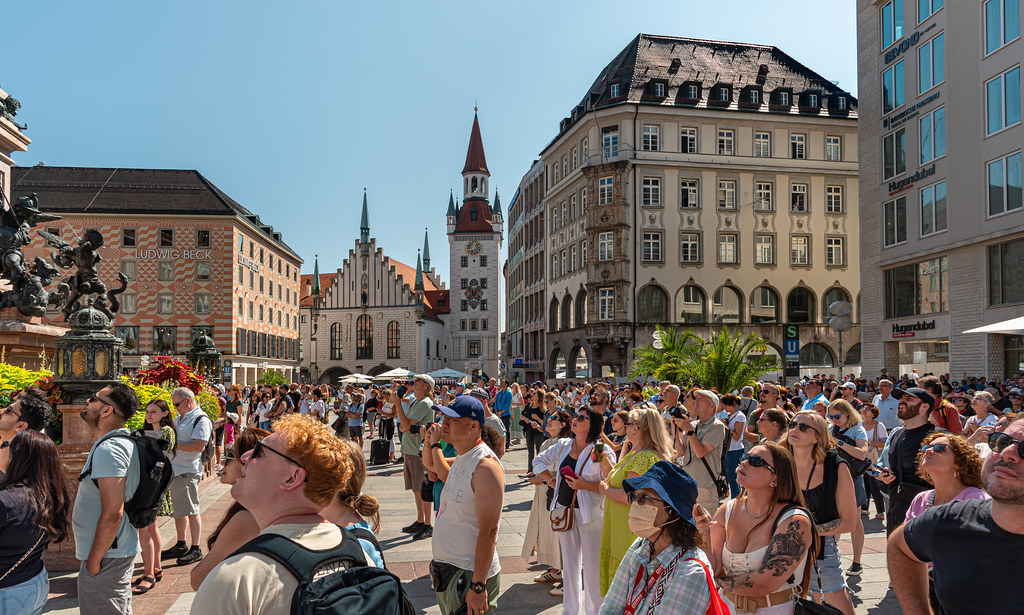
The transformation of these destinations reveals a harsh truth about modern travel: our desire to discover authentic, unspoiled places often leads to their destruction. Each of these locations was special precisely because they were unknown, uncrowded, and unchanged. Social media has created a paradox where the act of sharing beautiful places makes them less beautiful. Hidden gems offer fewer crowds for a more peaceful and authentic experience, preserve local traditions and cultural practices, and are often budget-friendly compared to mainstream locations. But once they’re no longer hidden, those benefits evaporate faster than morning mist. The locals who once welcomed curious travelers with genuine warmth now struggle with housing costs, environmental damage, and the loss of their community’s character. Perhaps the real question isn’t how to find the next hidden gem, but whether we should be looking for them at all. What happens when our wanderlust becomes someone else’s nightmare?

